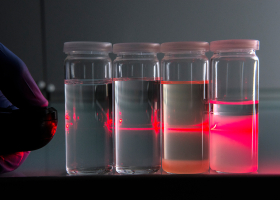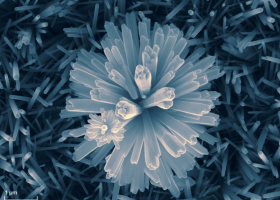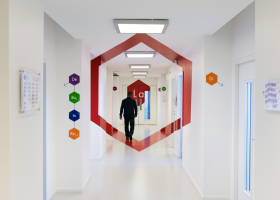
CNRS Chemistry
Chemistry is the art of assembling atoms to create molecules and materials of the future. Therefore it is in direct contact with our daily lives. Chemists from laboratories that CNRS Chemistry steers with its academic and industrial partners are advancing knowledge both in France and abroad. Notably, their results lead to Nobel prizes in fundamental research, or are rewarded by other distinctions in more applied fields. CNRS Chemistry has many patents and start-ups and is regularly illustrated in development and innovation through new products and processes.

